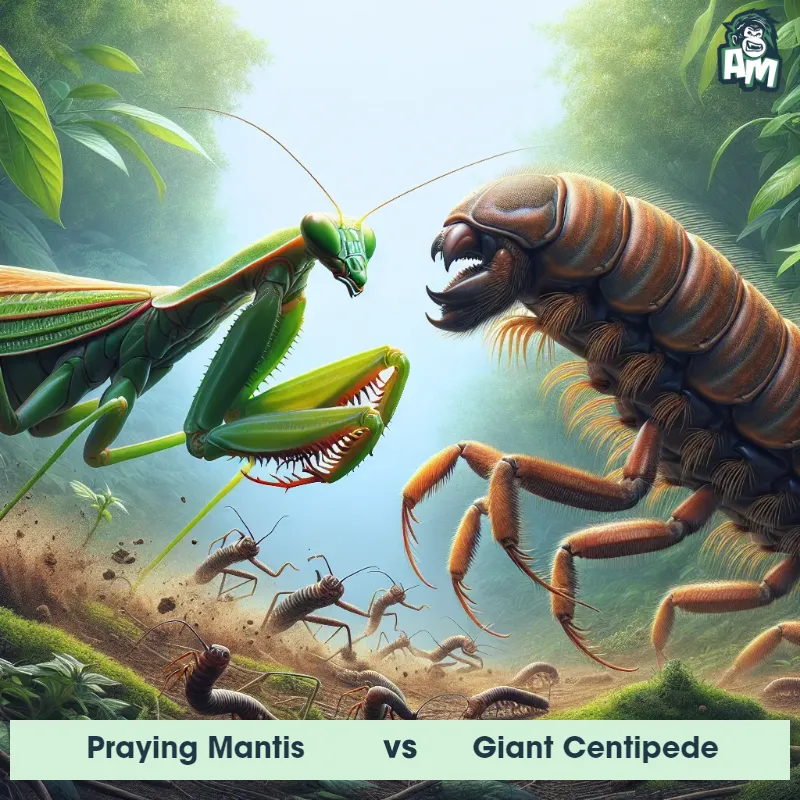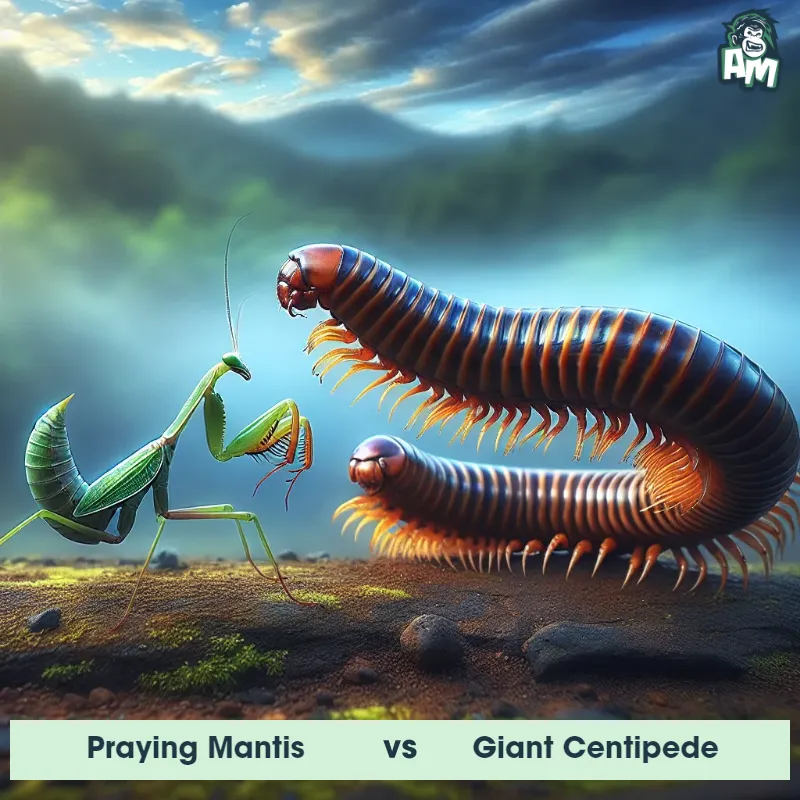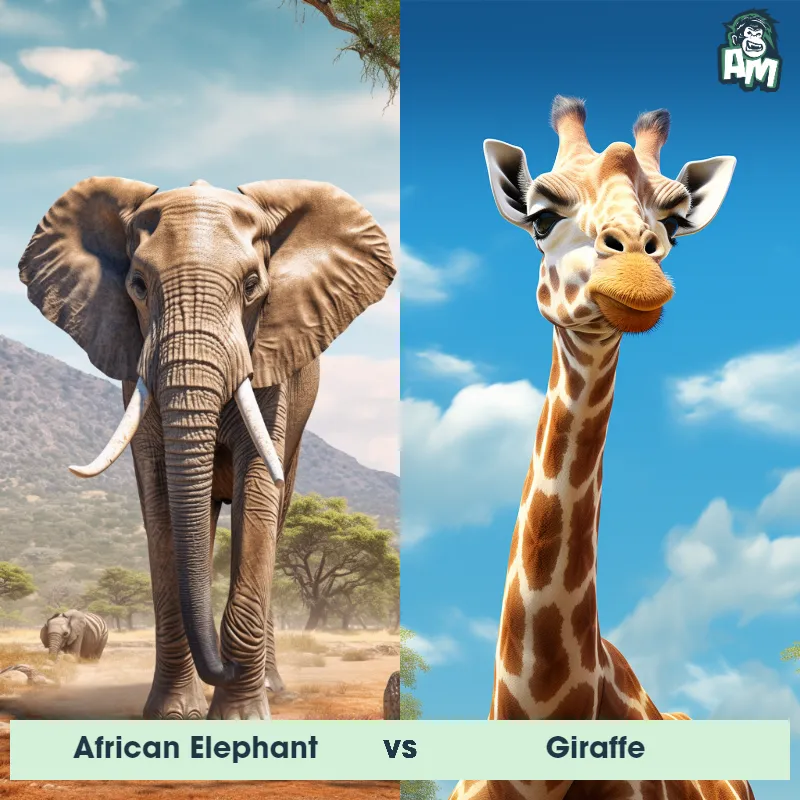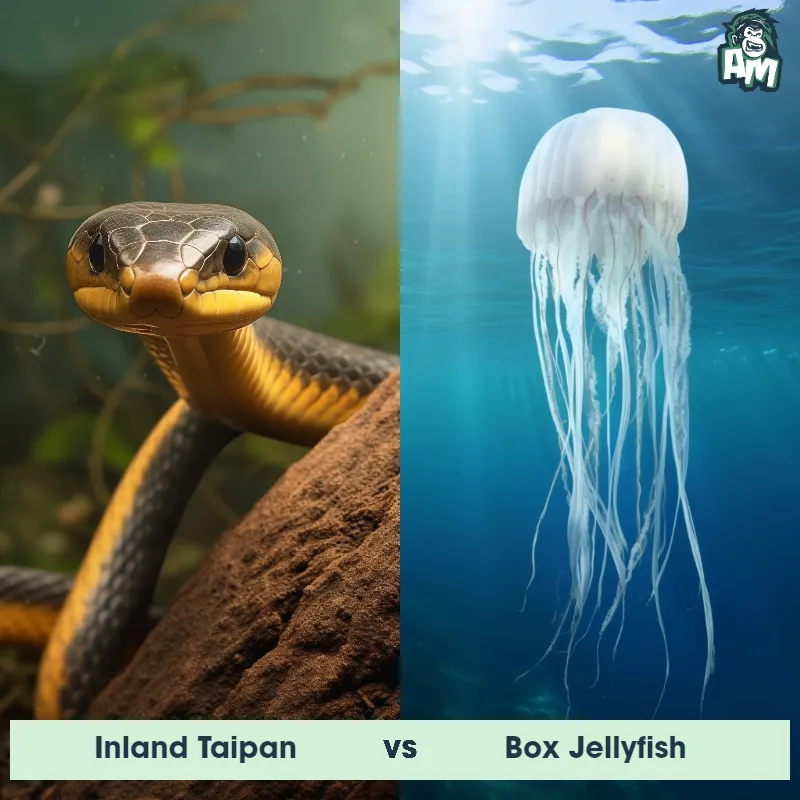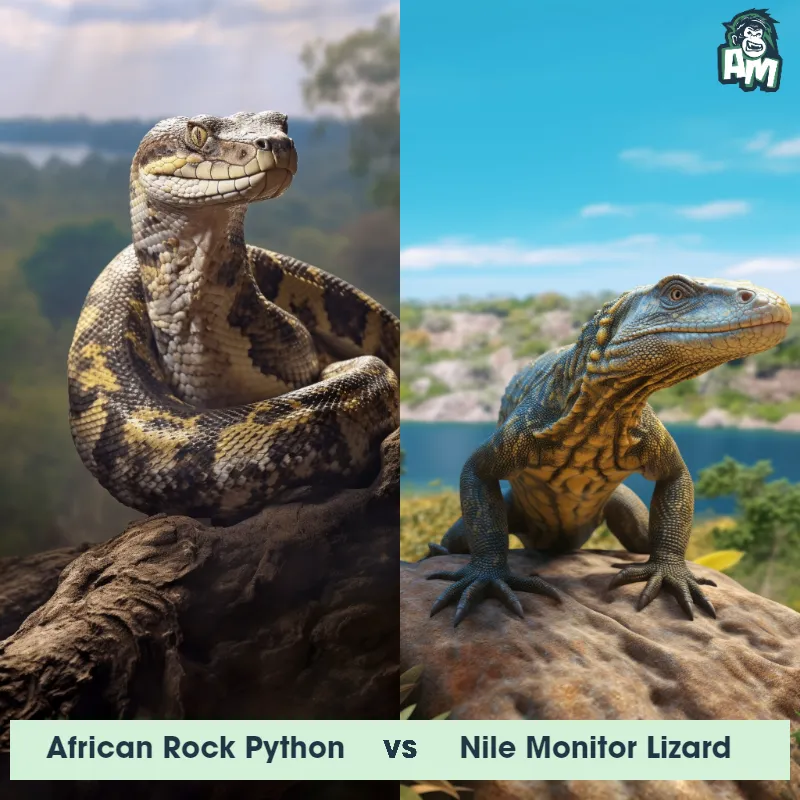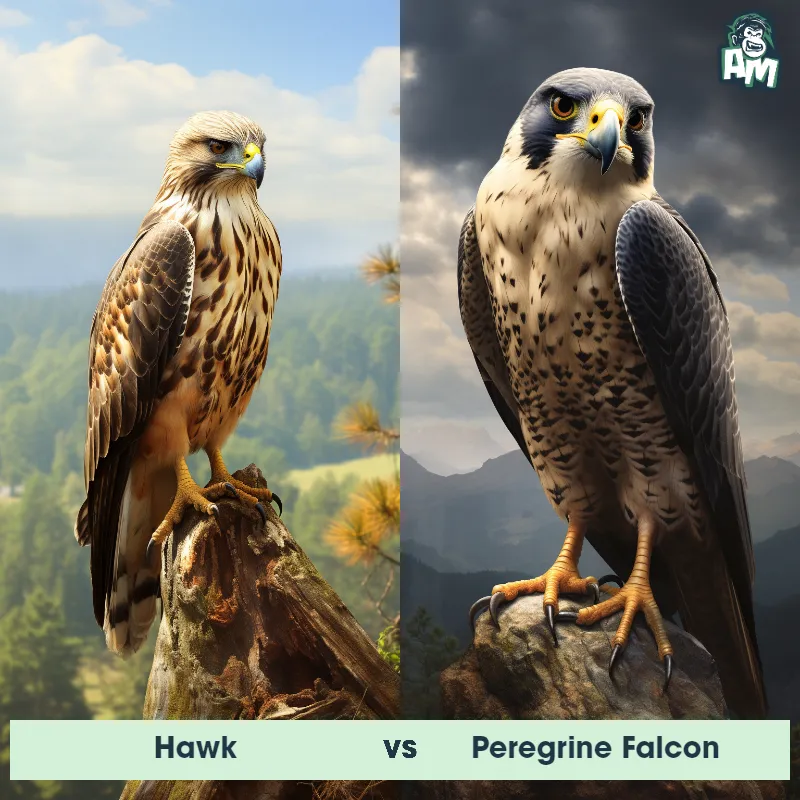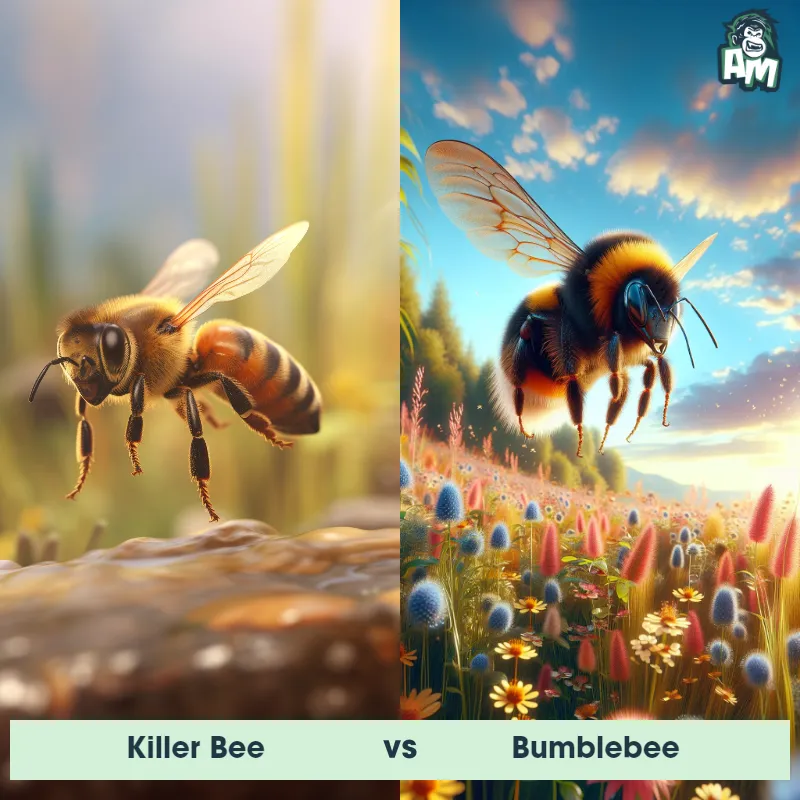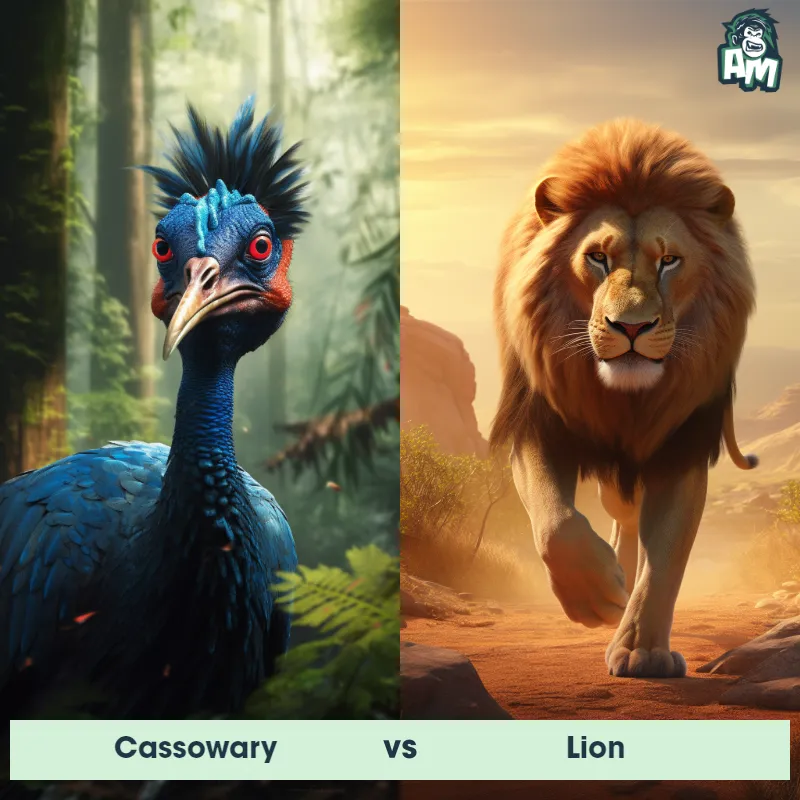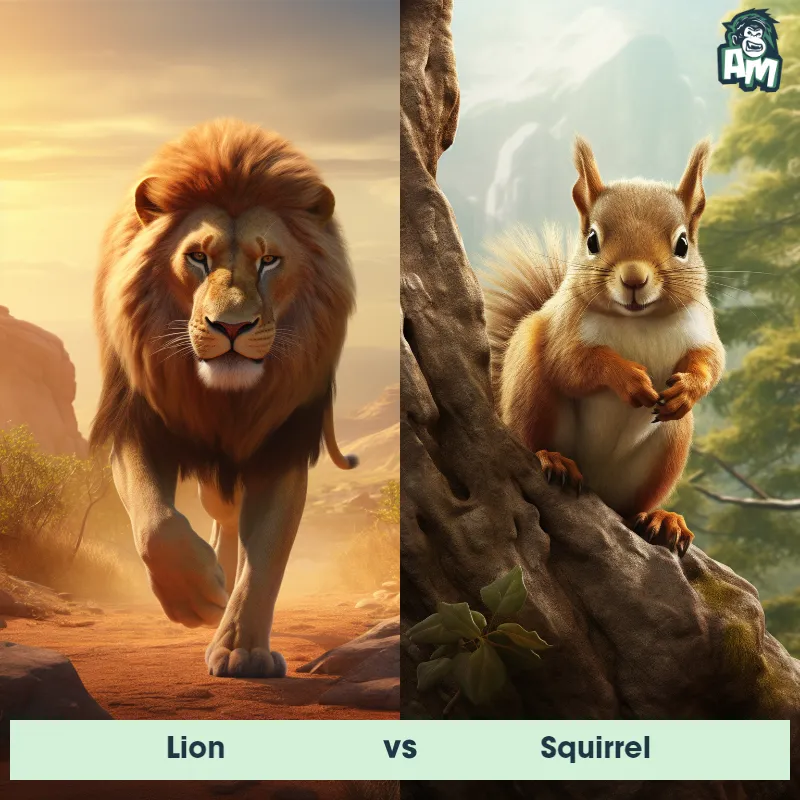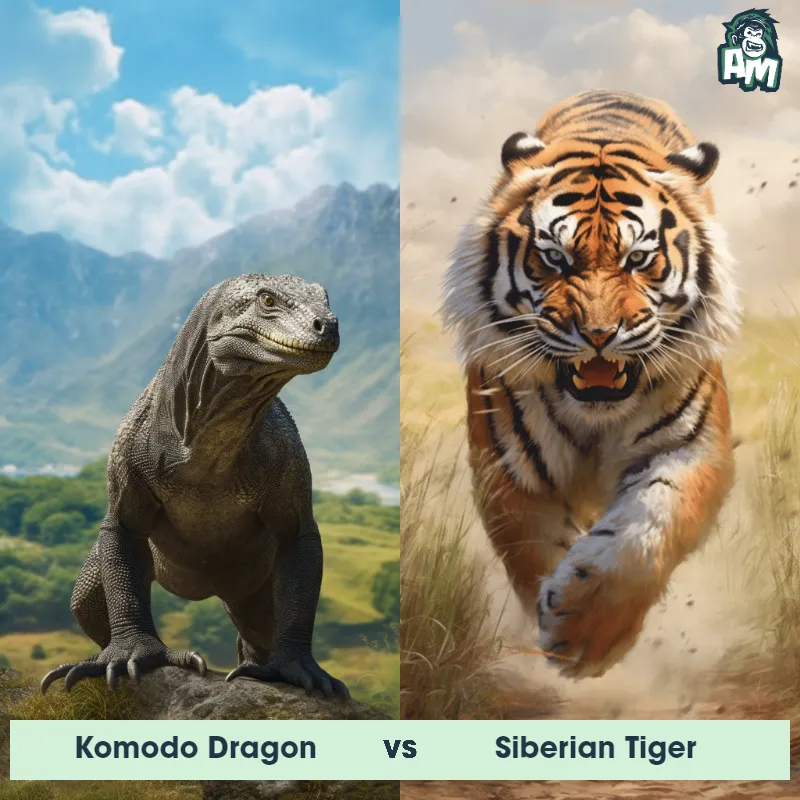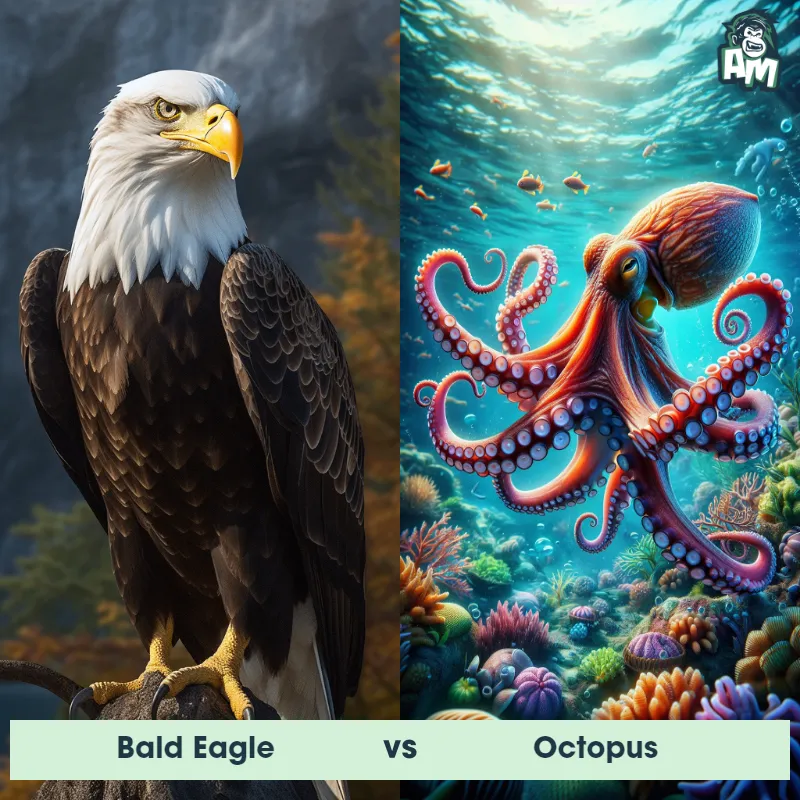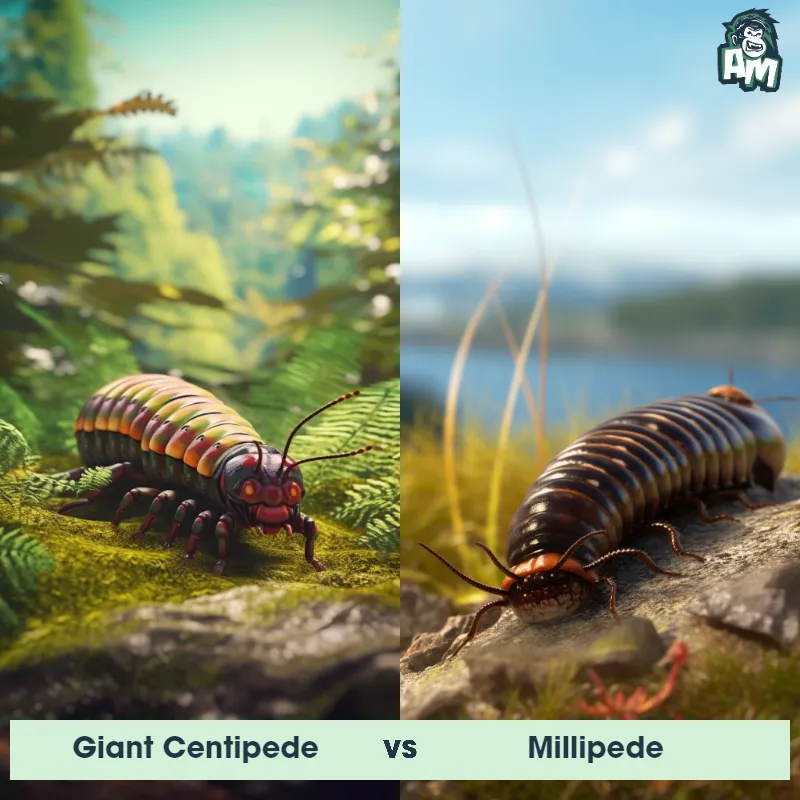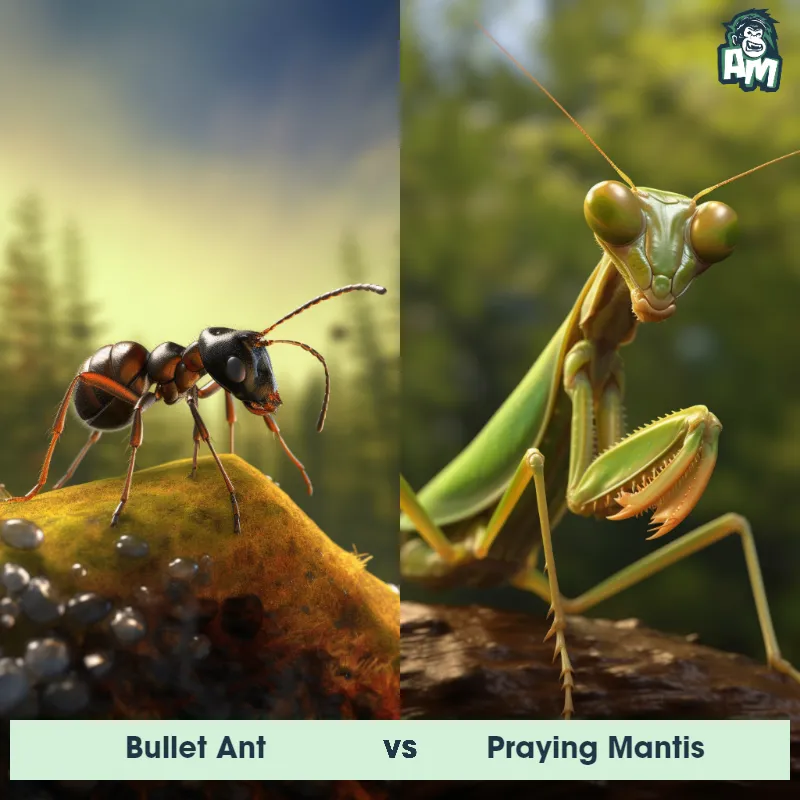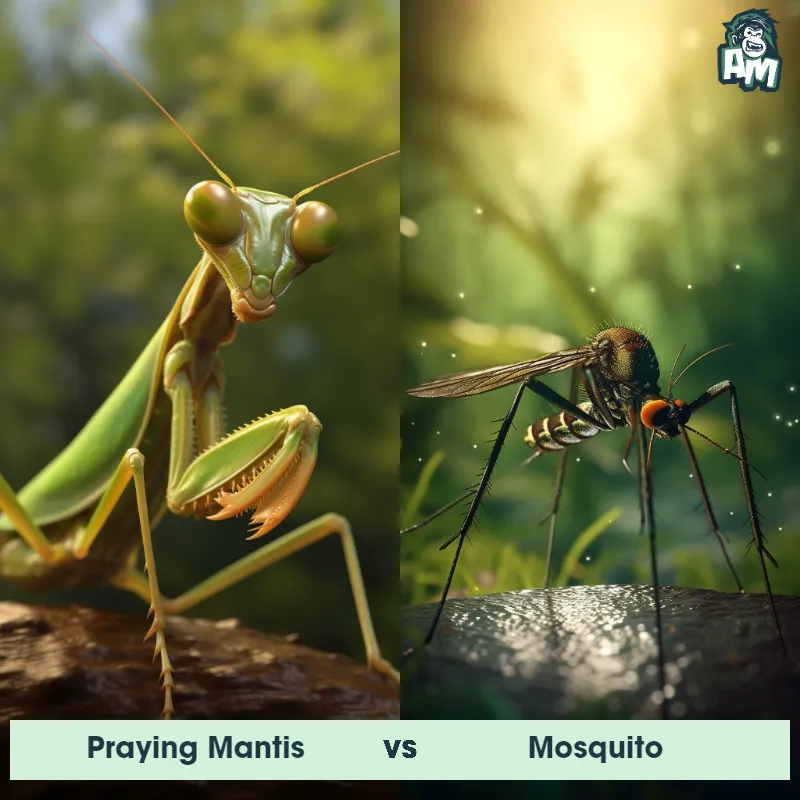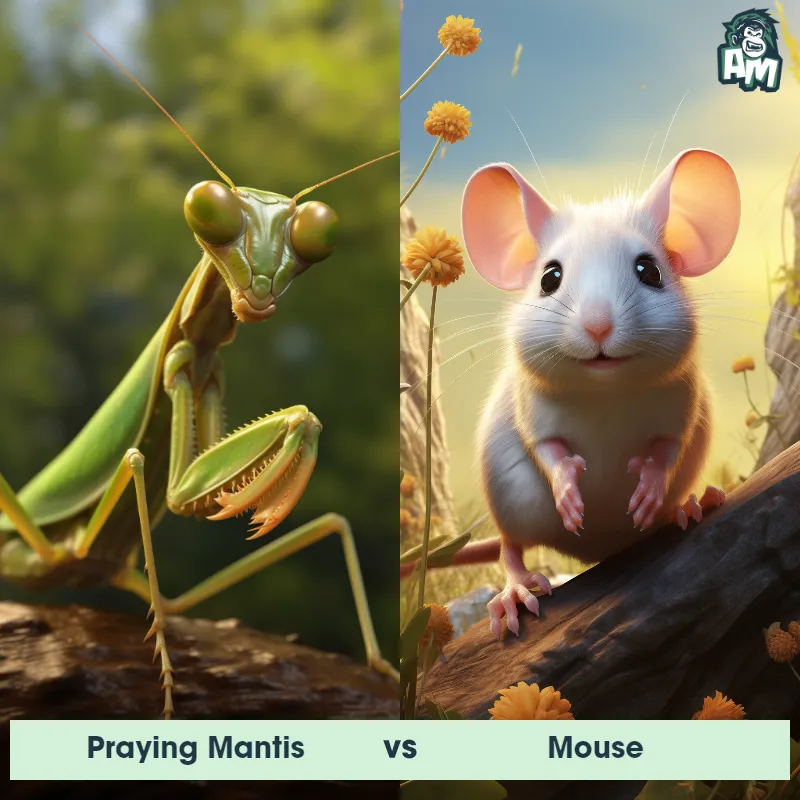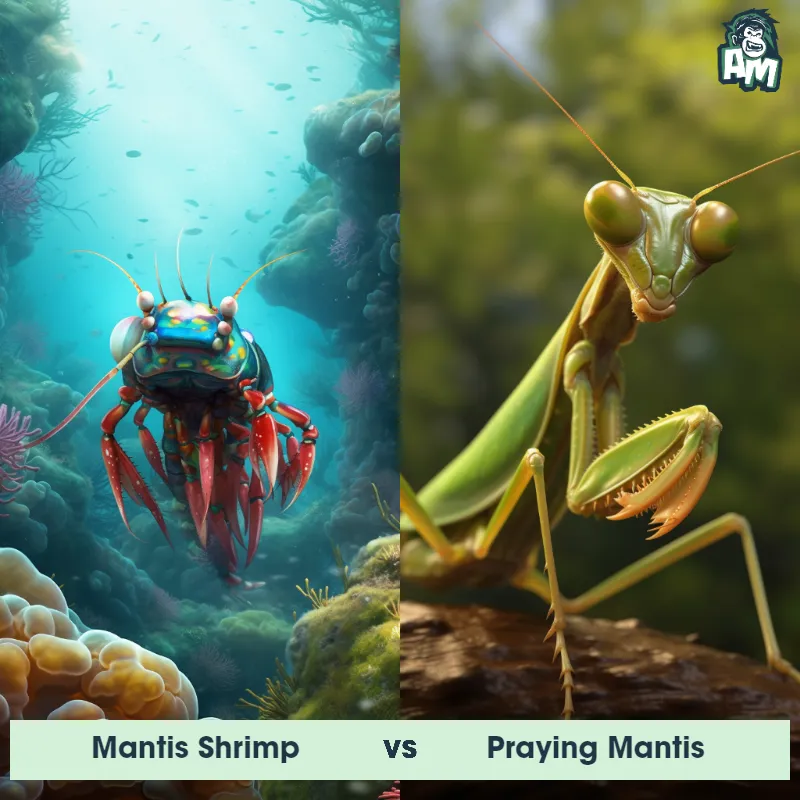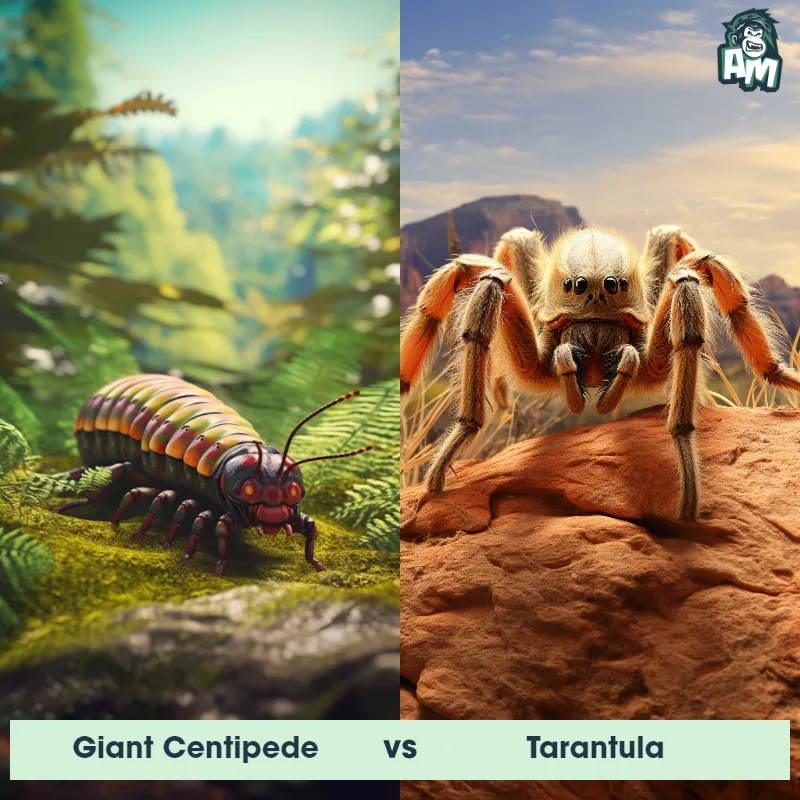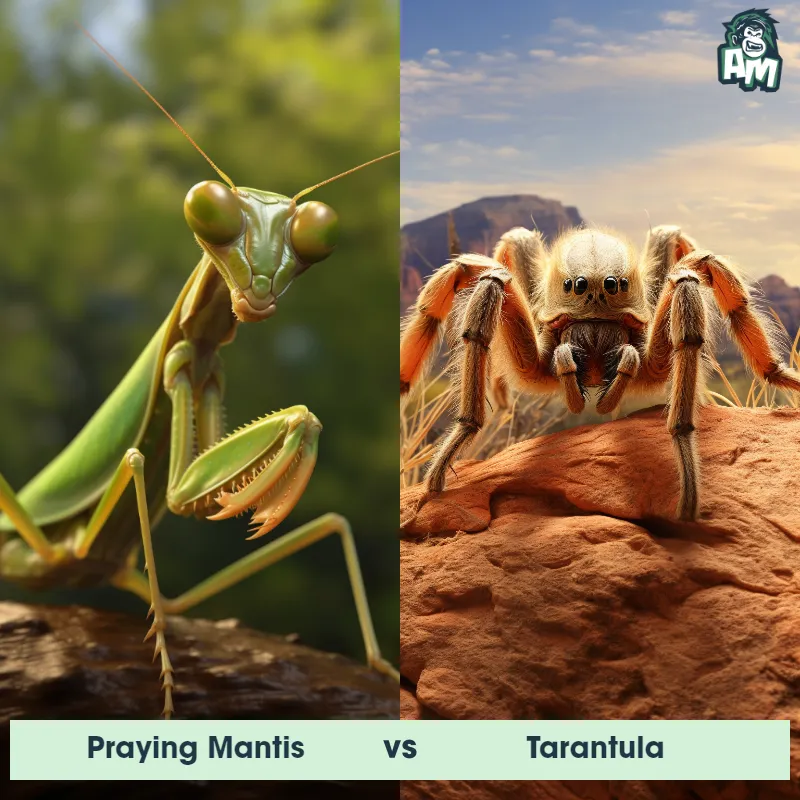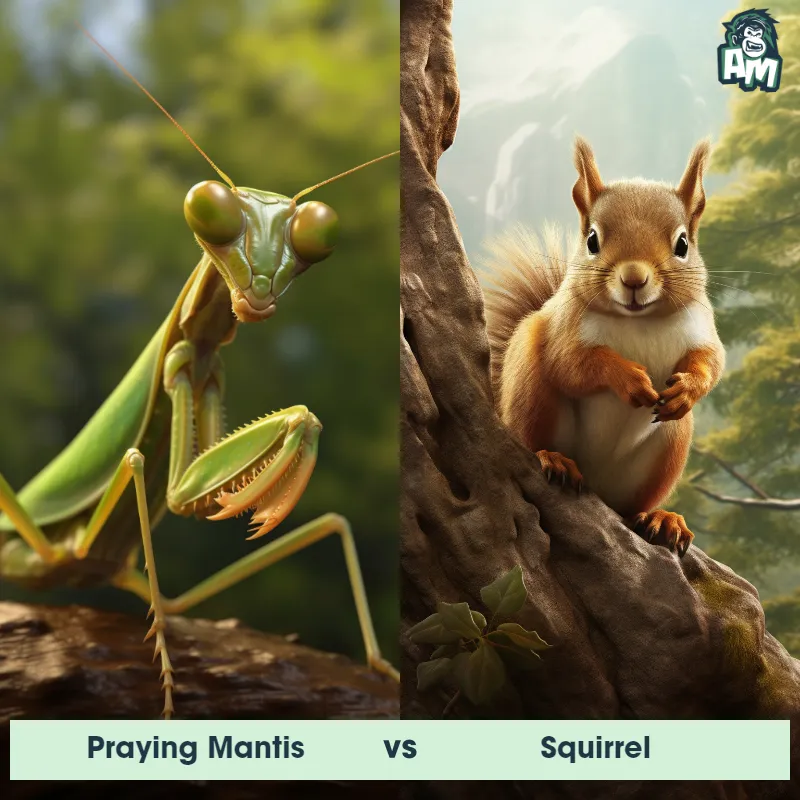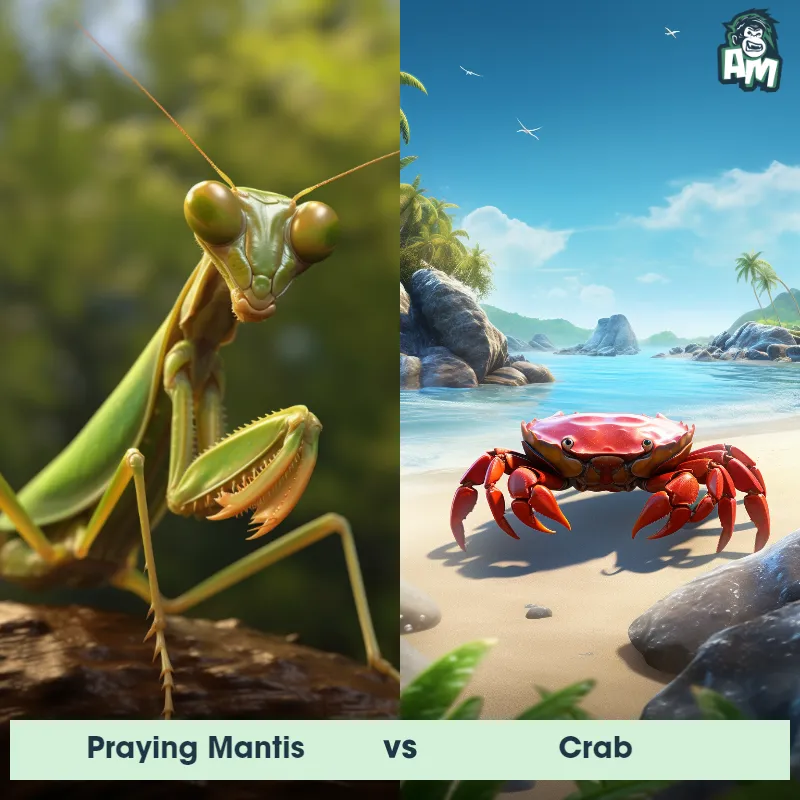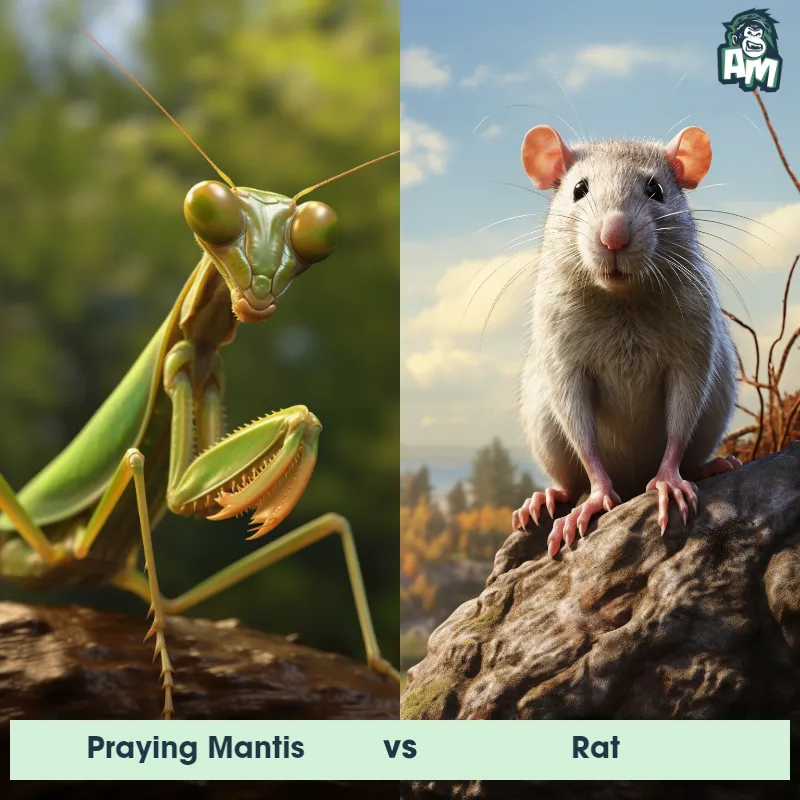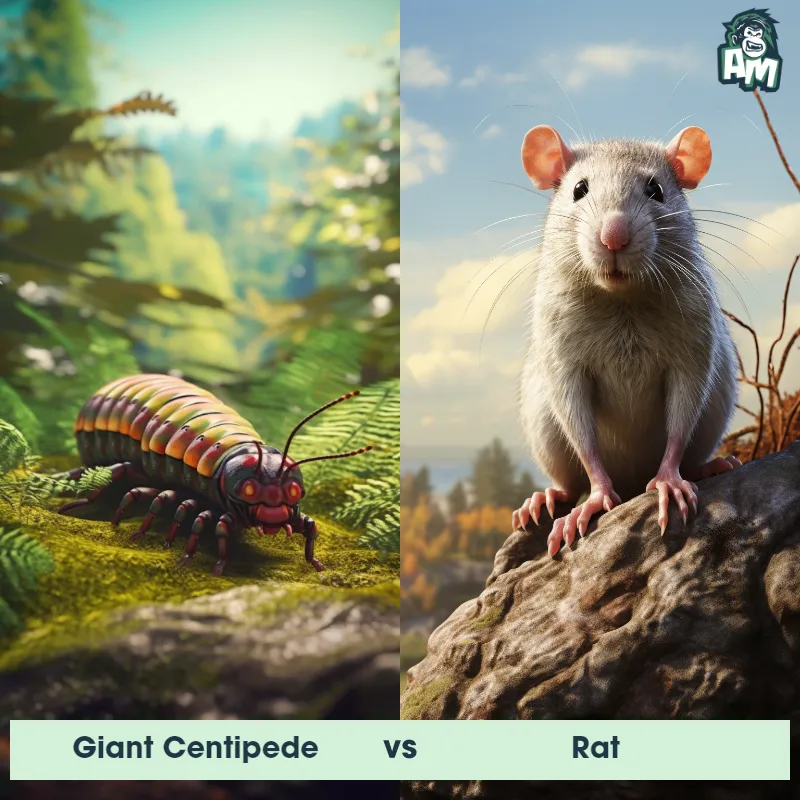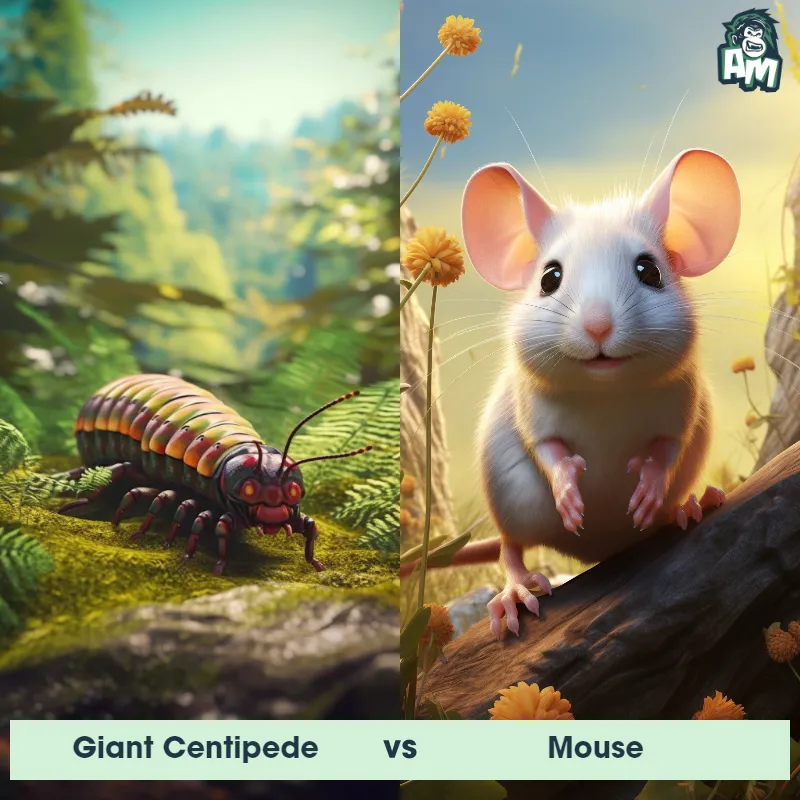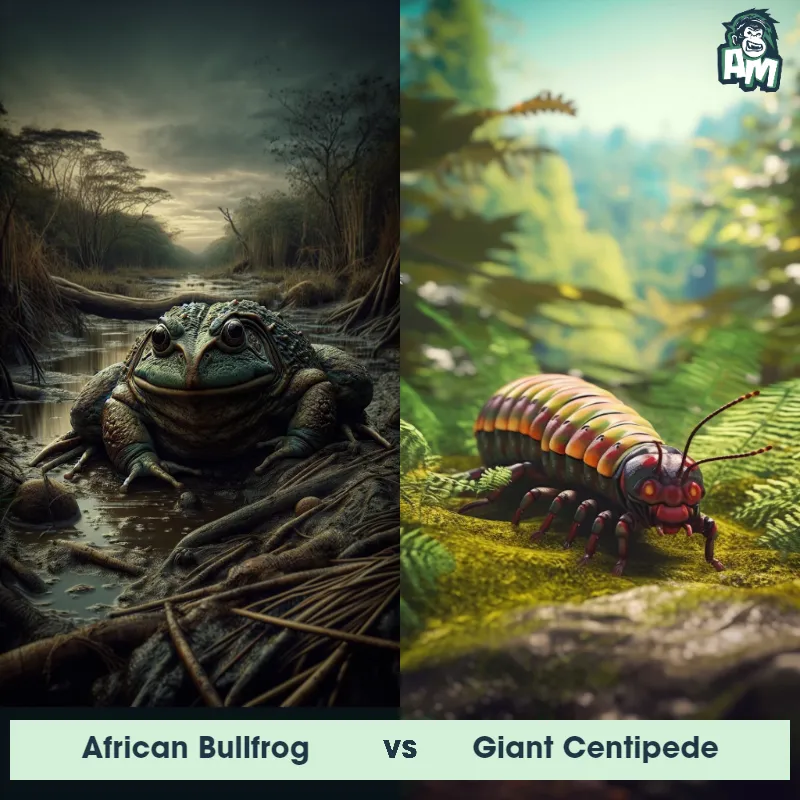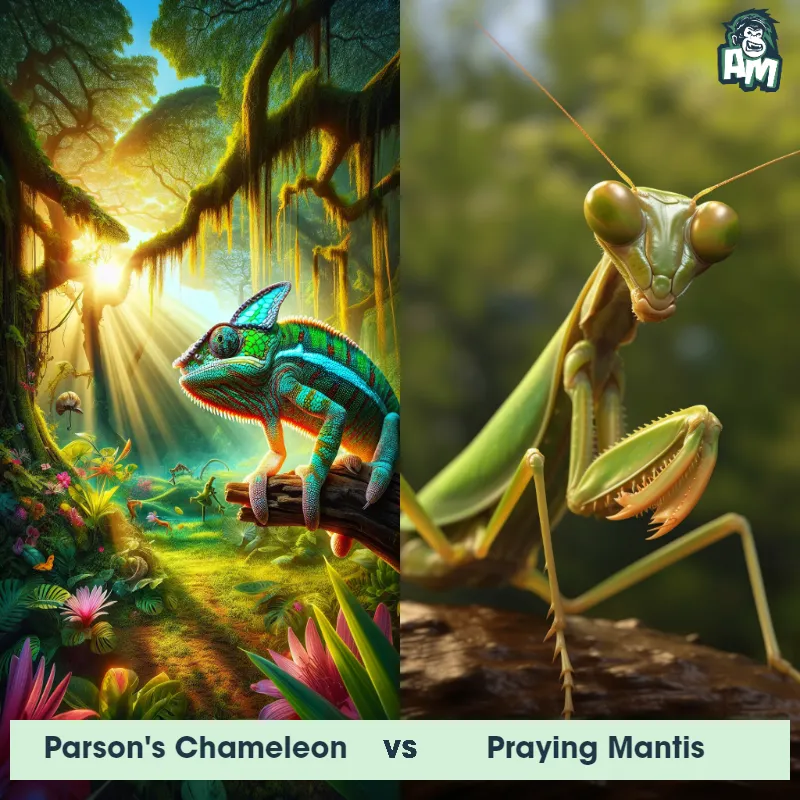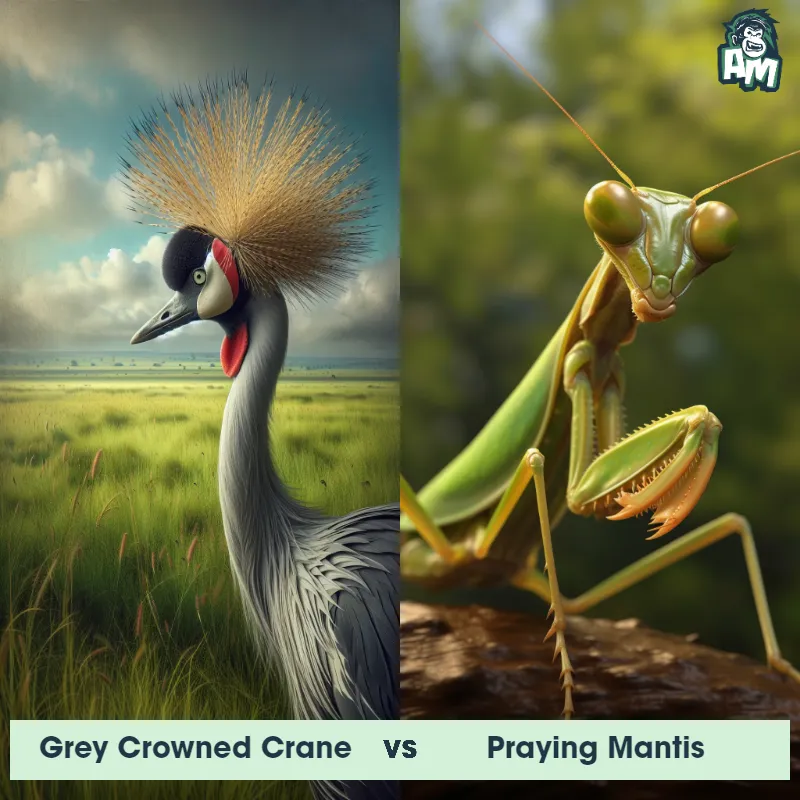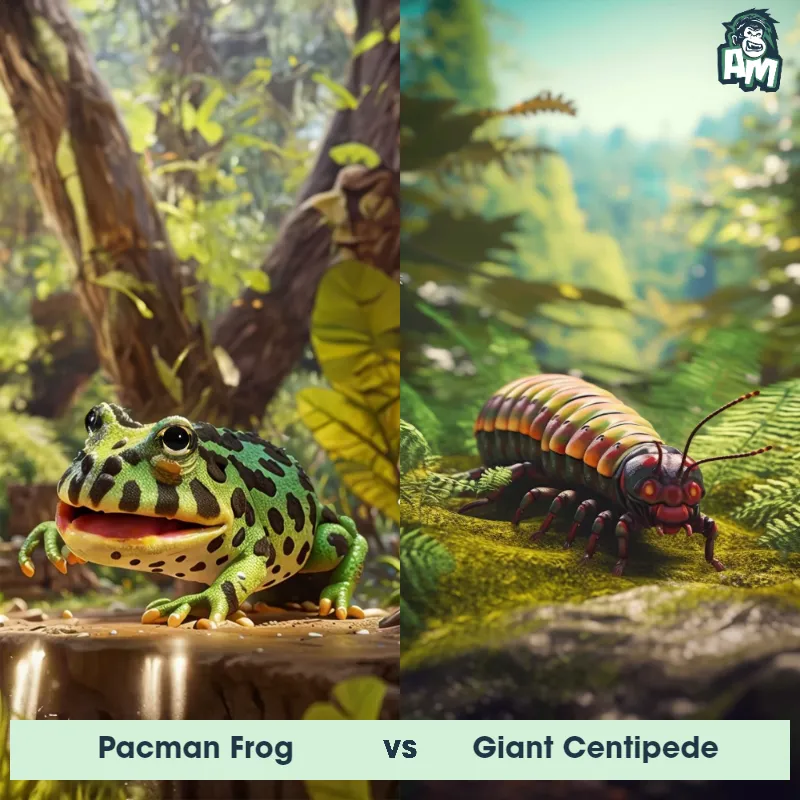Praying Mantis vs Giant CentipedeSee Who Wins

Welcome to this fascinating face-off between two incredible invertebrates: the Praying Mantis and the Giant Centipede! These two formidable creatures are about to engage in a three-round battle, and I'll be giving you a play-by-play account of the action. Let's dive right in!
Contender 1: Praying Mantis
The Praying Mantis is a fascinating insect known for its unique appearance and predatory behavior. With elongated bodies and large, triangular heads, these insects are easily recognizable. They have two large, compound eyes and three small simple eyes, which allow them to see in multiple directions at once. Their front legs are modified into powerful grasping appendages, which they use to catch and hold their prey. Praying Mantises are also known for their ability to camouflage themselves, blending in with their surroundings to avoid detection.
Fun Fact: Praying Mantises are known for their cannibalistic behavior, with females often eating their male partners after mating.
Contender 2: Giant Centipede
The Giant Centipede, also known as Scolopendra gigantea, is a venomous arthropod that can grow up to 12 inches in length. It has a long, segmented body with numerous legs and a pair of venomous fangs that it uses to hunt prey. Its body is typically brown or reddish-brown in color, with yellow or orange legs and a black head. The Giant Centipede is found in tropical regions around the world, including South America, Africa, and Asia.
Fun Fact: The Giant Centipede is known for its aggressive behavior and powerful venom, which can cause intense pain, swelling, and even death in some cases.
Matchup Stats
| Praying Mantis | Giant Centipede | |
|---|---|---|
| Size | 2-5 inches (5-13 cm) | Up to 12 inches (30 cm) |
| Weight | 0.1-0.6 ounces (3-18 grams) | Up to 3.5 ounces (100 grams) |
| Speed | Speed: 1.5 mph (2.4 km/hr) | Speed: 16 mph (25.75 km/hr) |
| Key Strength | Powerful grasping front legs | Venomous fangs and quick movements |
| Biggest Weakness | Vulnerable to being flipped onto their backs | Vulnerable to being flipped onto its back |
Current Votes
Praying Mantis vs Giant Centipede
See Who Wins
Match Highlights
View More Matches
Looking For More?
Similar Matches
Scientific Stats
| Praying Mantis | Giant Centipede | |
|---|---|---|
| Scientific Name | Mantodea | Scolopendra gigantea |
| Family | Mantidae | Scolopendridae |
| Habitat | Terrestrial | Terrestrial |
| Geography | Worldwide | Tropical regions of South America, Africa, and Asia |
| Diet | Insects, spiders, and other small animals | Insects, spiders, small reptiles, and mammals |
| Lifespan | 6 months - 1 year | 3 years - 10 years |
Key Differences between Praying Mantis and Giant Centipede
- Coloration: The Praying Mantis is typically green or brown, while the Giant Centipede can range in color from brown to red to black.
- Body shape: The Praying Mantis has a long, slender body with a triangular head, while the Giant Centipede has a flattened, segmented body with a rounded head.
- Mouthparts: The Praying Mantis has large, powerful mandibles for catching and eating prey, while the Giant Centipede has venomous fangs for subduing its prey.
- Size: The Giant Centipede is significantly larger than the Praying Mantis.
- Number of legs: The Praying Mantis has six legs, while the Giant Centipede has numerous legs, ranging from 30 to 354 depending on the species.
- Antennae: The Praying Mantis has long, thin antennae, while the Giant Centipede has short, stubby antennae.



